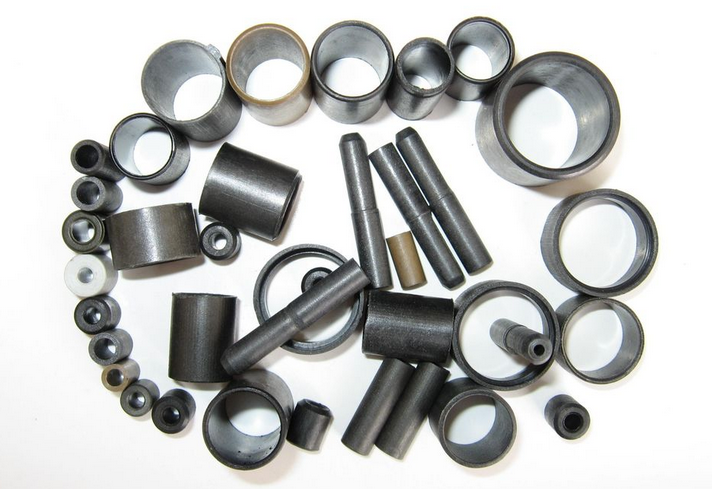Martensitic
stainless steels are sensitive to cooling rate, even air cooling. During cooling process, cracks are prone to occur due to relatively great cooling stress caused by martensitic transformation. As a result of non-concurrent martensitic transformation of forging surfaces and internal forgings, forgings, especially small forgings, are prone to form cracks on surfaces due to multi-stresses from structural stress and temperature stress during cooling process. Slow cooling method should be adopted to prevent cracks caused by cooling after the forging of martensitic steels and martensite-ferritic steels.
Forgings are usually put into furnace walls or asbestos-made incubators with the temperature of 200°C for cooling, or furnaces with the temperature of 600°C before subsequent cooling with such furnaces.
Martensitic stainless steels should not be annealed later than 12h to eliminate internal stresses, and possible cracks should be avoided during acid pickling or storage. Martensitic stainless steels should be processed at annealing rate of 750~800°C and at heat preservation time of 1~3h, and then should be slowly cooled till 600°C before air cooling.
Since no phase change occurs, austenitic and ferritic stainless steels can be cooled by natural air after forging. Ferritic stainless steel should be fast cooled, because brittleness will occur at the temperature of 475°C if retention time is kept between 400~525°C. Austenitic stainless steels will separate out Cr23C6 from grain boundary if the retention time lasts long at the sensitive temperature range of 815~480°C, which will greatly reduce anti-corrosion performance. But after fast cooling, residual stress may remain in austenitic and ferritic stainless steels. Thus, austenitic and ferritic stainless steels should be heated till to 780~850°C and recrystallized and then annealed so as to eliminate internal stresses. As for austenitic stainless steels, in order to eliminate their internal residual stresses, the heating temperature should reach up to 900°C or between 1010~1120°C, and then annealed for slow cooling, because residual stresses are not easily eliminated if the heating temperature just reaches within 430~480°C.
